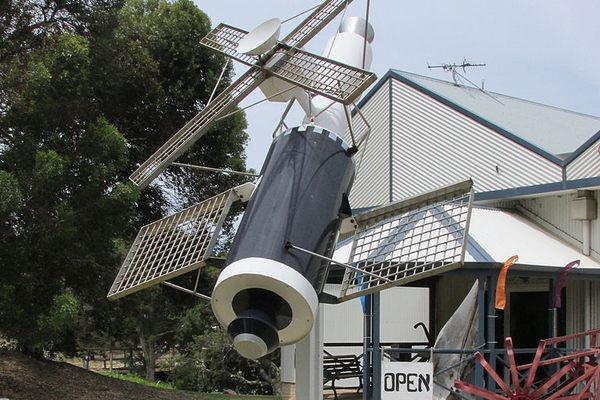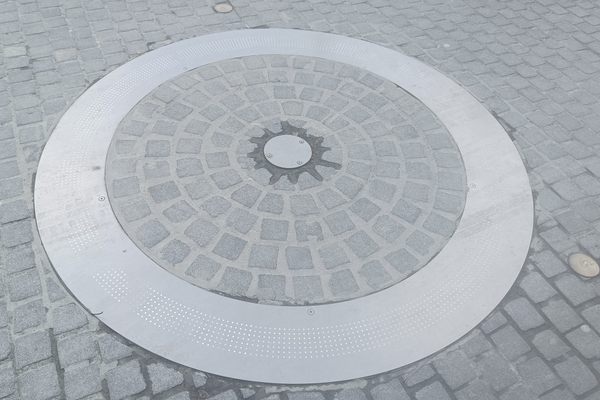About
In 1955, a pair of researchers from the Carnegie Institution in Washington, D.C. named Bernard Burke and Kenneth Franklin were working in a relatively new area of astronomy when they made an unexpected discovery.
Researchers had already discovered several sources of radio waves in the sky, and the two were using a sophisticated antenna called the Mills Cross Array to build upon existing knowledge. The Mills Cross Array was developed by Australian radio astronomer B.Y. Mills and Martin Ryle of England. It consisted of legs of 66 unpainted poles connected by over five miles of wire.
While using the array, Burke and Franklin picked up on an unidentified frequency. Initially, they passed it off as terrestrial interference, but after noticing a pattern of appearance that was four minutes earlier each night, it occurred to them that stars appear four minutes earlier each night.
After studying the interference for several months, they eliminated stars, nebulae, and galaxies as possibilities since all of those celestial bodies appear to move across the sky at the same rate. After determining that the mystery body was located near the Crab Nebula, they were able to identify it as the planet Jupiter.
Nowadays, there are incredibly sophisticated arrays such as LOFAR in the Netherlands that can detect radio emissions from celestial bodies over 50 light-years away, but we might not have come nearly so far if not for Burke and Franklin's groundbreaking discovery announced on April 6, 1955.
Related Tags
Know Before You Go
There is a large clearing and parking area just beyond the historical marker on River Road.
Published
August 2, 2021






















